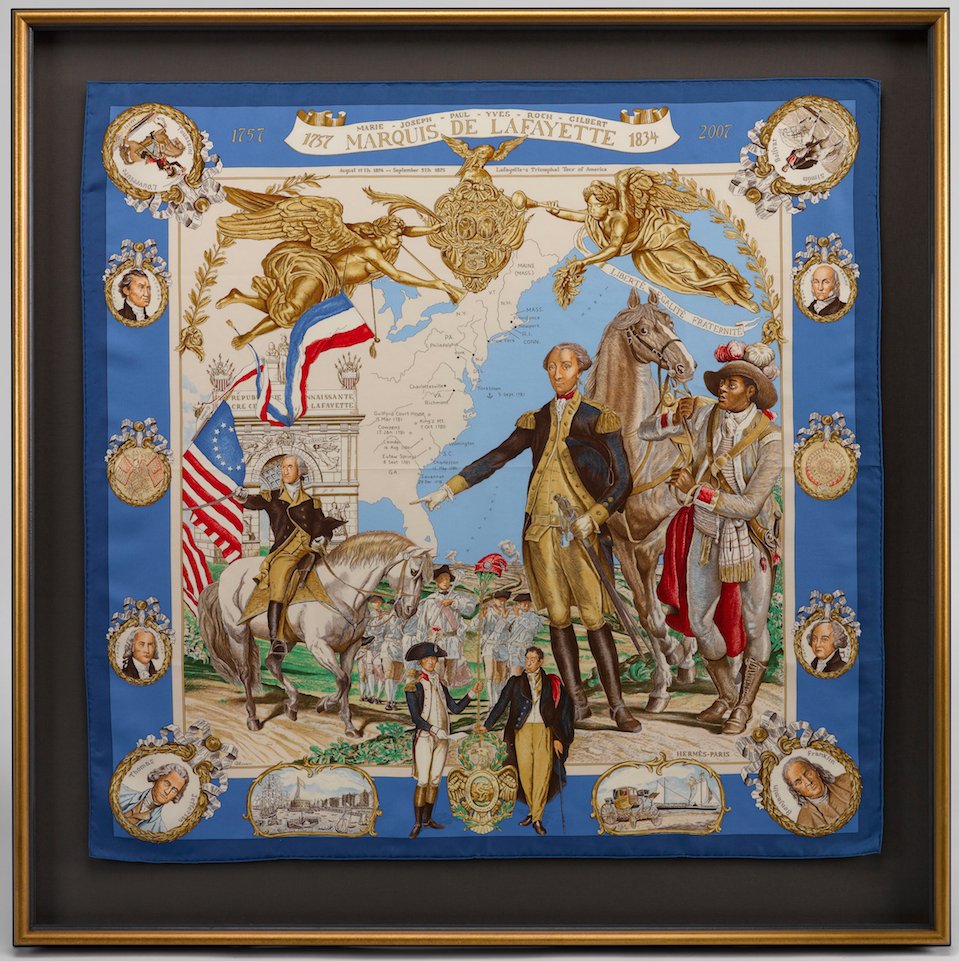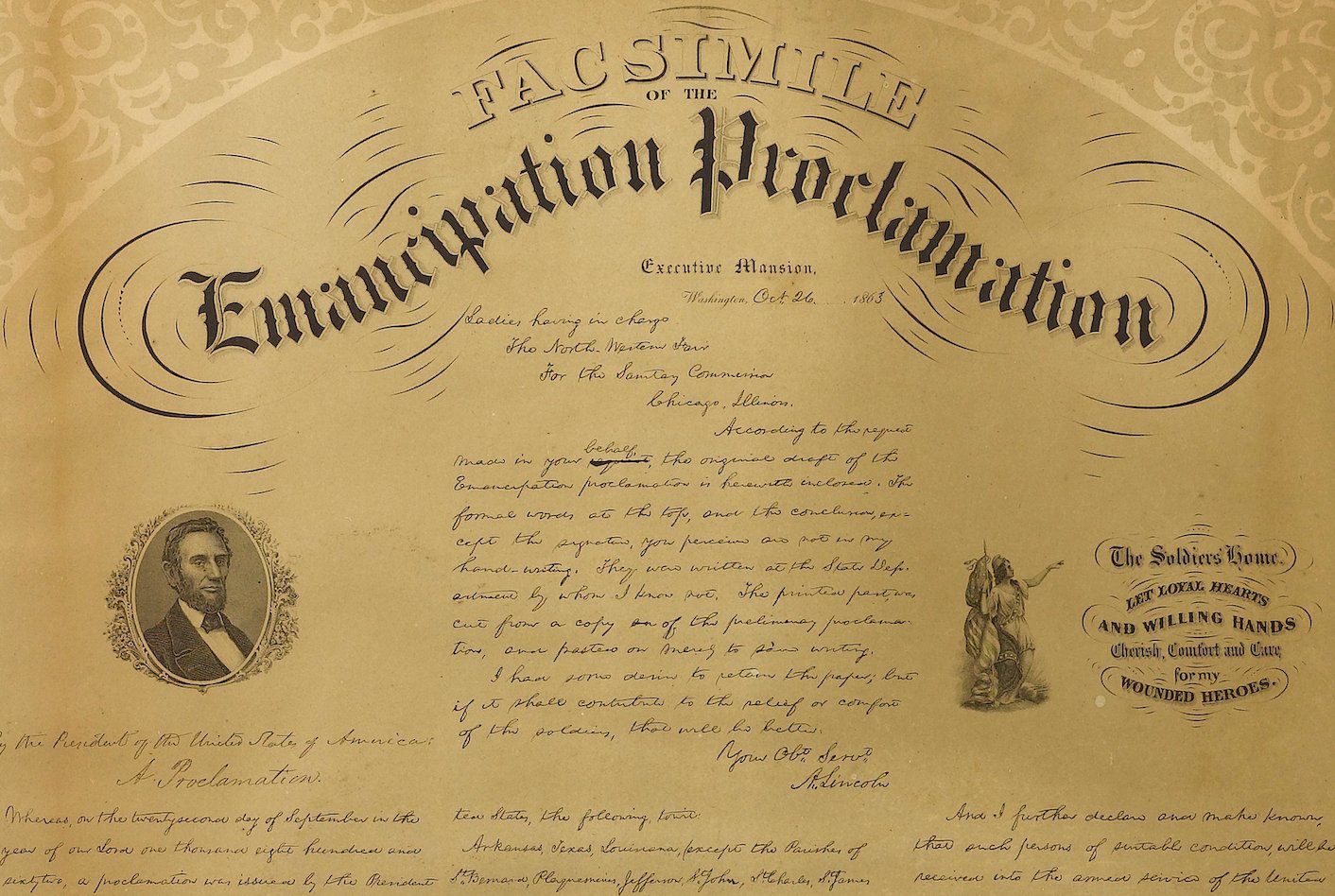Happy Flag Day
Commemorating Our Flag
So what is Flag Day? While most Americans are aware of this unofficial holiday, most are not sure exactly where the tradition came from. While we may not explicitly throw celebrations for Flag Day (even though it sounds like a good idea…), Flag Day holds an important place in our history. Flag Day is celebrated in the United States on June 14th and commemorates the adoption of the American flag. Read below to see just how special this holiday really is!
Flag Day was established in 1916, when President Woodrow Wilson mandated that June 14 be a day in commemoration of the American flag. Flag Day celebrates when the American flag was first adopted, on June 14, 1777 by resolution of the Second Continental Congress. Originally, when war broke out against the British in the American Revolution, colonists were not fighting under a single flag (Cohen). Instead, various regiments that fought in the Revolution banded together under their own particular flags, representative of their respective groups. It was the Second Continental Congress who met to create the Continental Army, which provided a unified army force made up of the colonists. Their aim was to organize their efforts and channel their combined desire for freedom to take on the British oppressors (Cohen). This unified force ultimately led to the establishment of a single flag, using Continental Colors.
The American Flag Over the Years
The first design resembled the British flag, as it consisted of stripes along side the Union Jack. It was George Washington who pushed for the flag to be as separate and diverse from the British flag as possible. It was on June 14, 1777, that the Second Continental Congress mandated that “the flag of the United States be 13 stripes, alternate red and white,” and that “the union be 13 stars, white in a blue field, representing a new constellation.” This established the basic standard for the new American flag.
While the mandate for an official American flag gave general guidelines for flag makers, the rest was left up to them. Over the course of American history there have been a total of 27 different variants of the American flag, relating to star count alone. In addition, flag makers often experimented to find the best ways to configure the stars on the canton. The examples are marvelous; from a typical row pattern, to a circling double medallion, to a more elaborate Great Star pattern. Flags were printed, sewn, hand-cut, and waved on sticks. Examples can be as small as a child’s waver, to as large as ship flags, visible to onlookers for miles.
In 1916, an official mandate from Woodrow Wilson refined flag production. The creativity of flag makers was quite elaborate, and thus it was necessary to regulate the production of the American flag. This is how we ended up with the row pattern flag we have now, with straight stars and vibrant coloring. In that same year, Wilson also established Flag Day officially. While it is not a federal holiday, the day stands as a day for remembrance and recognition of the American flag and what it means to its citizens.
Cohen, Jennie, “What Is Flag Day?” History, A&E Television Networks. 14 June, 2018, Accessed 11 June, 2019.









